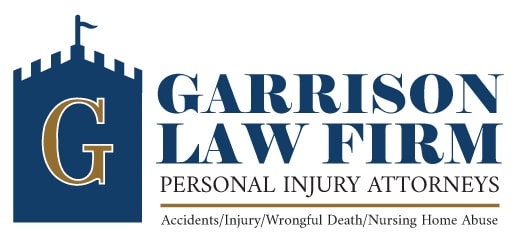In order to recover compensation for injuries sustained in a traffic accident, the law of negligence requires you to prove that the crash was the fault of another driver or entity. A thorough investigation of a motorcycle accident is usually complicated, requiring a skilled lawyer who has the ability to establish driver fault or find an alternative cause for the accident.
Establishing Fault. Statistics show that nearly 70% of motorcycle accidents involving other vehicles are caused by drivers who violate a motorcyclist’s right of way. Failing to check blind spots, misjudging the speed of a motorcycle, and tailgating can often lead to an accident.
Assessing Road Conditions. Many times road conditions like undivided highways, curves, poor or misleading signage and defects like potholes and pavement ridges are contributing factors in motorcycle crash injuries and fatalities. Intersections have a high incidence of multi-vehicle motorcycle accidents, while many single-vehicle accidents occur along curves and on undivided highways. Questions that should be asked are: Was there a problem with the design or construction of the roadway? Are they furnished with appropriate signs? Do their traffic controls function properly? These are key questions to be asked during the investigation.
Vehicle and Safety Gear Inspection. Up to 3% of accidents are caused by vehicle failure. It is important to have a qualified expert inspect the motorcycle and determine if a breakdown, or defect caused the accident. It is also important to review safety gear to see if the equipment complies with government standards. For instance, all helmets have to meet Federal Motor Vehicle Safety Standard 218. In the case of a head injury, it is necessary to assess the helmet’s performance in the crash by examining its style and weight, the thickness of its lining, and the sturdiness of its chin strap and rivets.
Sometimes, the motorcycle driver may be partly blamed for a motorcycle crash based on arguments that they were driving too fast or veering in and out of lanes in an unsafe manner. Arizona applies the concept of comparative negligence. Comparative negligence on the part of the motorcycle rider may result in a reduction of damages. If the motorcyclist is found to be 20% at fault for the accident, then the motorcyclist’s recovery is reduced by 20%. If he is deemed 50% at fault, then his damages are cut in half. A good lawyer must protect their client’s interests by making every effort to negate any comparative negligence arguments.
What To Do After A Motorcycle Crash
After a motorcycle crash all of the following should be done.
Investigate the accident promptly and thoroughly
Preserve evidence from the crash
Retain the motorcycle
Locate and interview witnesses to the accident
Obtain photographs of the crash scene and vehicles involved
Inspect the motorcycle and safety gear for potential defects
Hire the right experts
Recover your medical expenses and lost wages
Doing all of the following will minimize any idea that the motorcyclist caused the crash and will help to maximize the chances of success and the amount of recovery.

